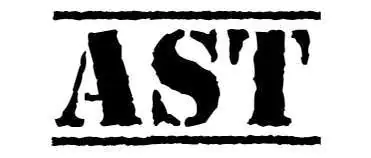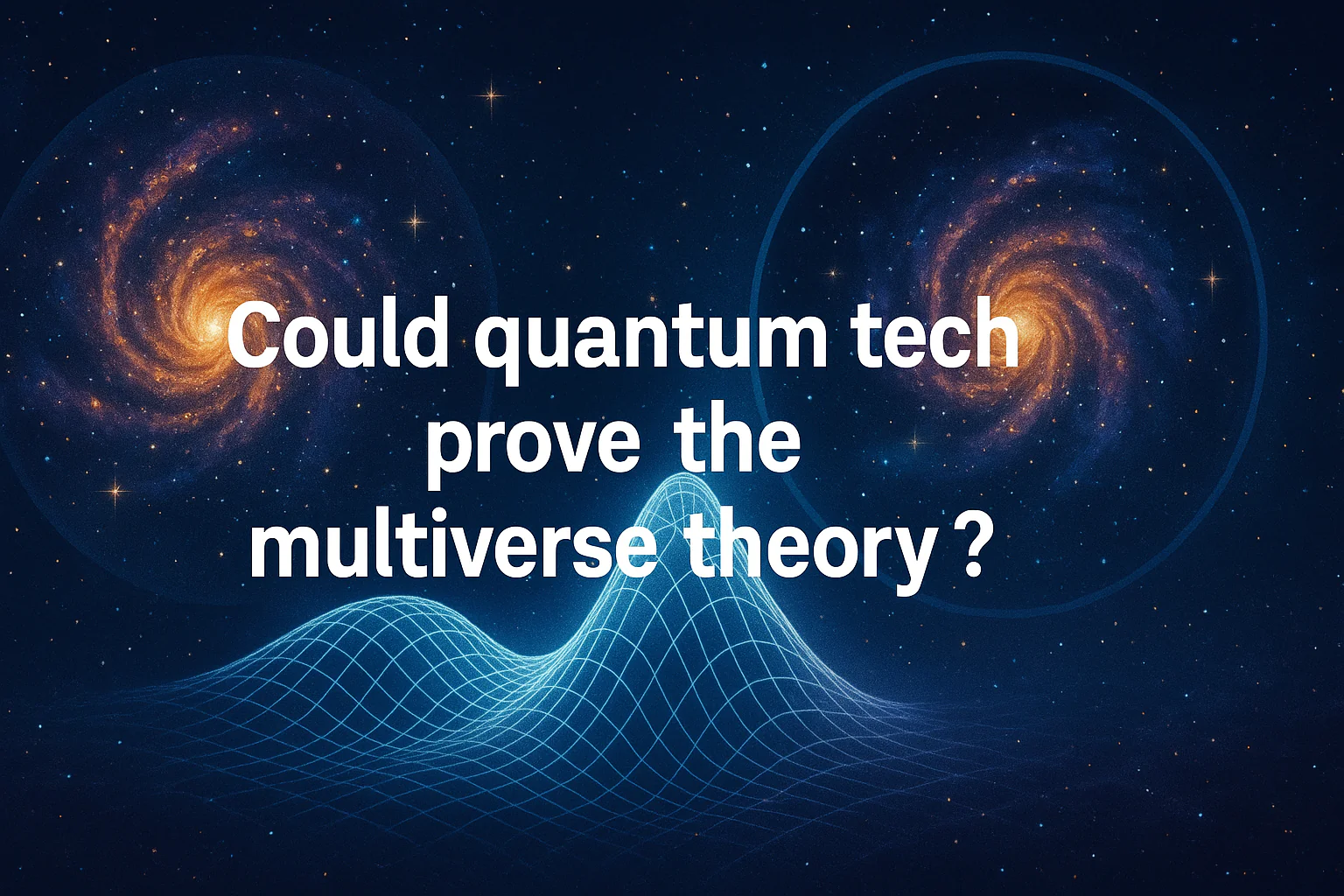Consider viewing other universes through machines capable of jumbling the definition of science and science fiction. Quantum tech multiverse theory is the suggestion of devices that may be able to identify universes other than our own, and potentially make the musings of philosophers become the experiments of explorers.
Table of Contents
Quantum Computing: Gateway to Parallel Realities
Quantum computers are superpositioned to their qubits, so they can be used to execute large combinations of states at the same time. In contrast with classical bits, qubits consider an exponentially large number of computational routes simultaneously and effect a simulation of parallel universes. Scientists in prominent laboratories make use of superconducting circuits and trapped-ion systems to increase the coherence times of qubits, edging toward fault-tolerant systems.
This power of quantum computing boosts many-body quantum systems with high-fidelity simulation. Scientists might make comparisons to our observable universe by modeling imaginary, alternative universes that have slightly different fundamental laws of physics or different initial conditions. Such virtual experiments could showcase some of these fine differences, advancing some claims about the role of surrounding realms in computational achievements with the cosmos.
Quantum annealing techniques are also utilized by researchers who look to map complex energy landscapes in the belief that they can be figured out like the Many-Worlds Interpretation. Quantum annealers seek to discover the missing patterns by simulating thousands of outcomes at cryogenic temperatures and proceed to understand more about the branching processes with respect to the universe.
Interference and Entanglement Tests
Interference experiments are also a pillar of the observation of the quantum effects of other realities. A closely knit double-slit apparatus using ultra-sensitive detectors is set to gauge phase anomalies brought about by unobservable universes. When minute deviations continue to exist past environmental noise, then it may indicate cross-universe interactions at quantum frontiers.
The other available experimental pathway is quantum entanglement. Entangled particles exist at very large distances despite their classical locality being violated. Physicists are trying to reveal these anomalies by carrying out high-precision Bell tests at different gravitational and electromagnetic conditions. These outcomes could be revealing evidence of obscure effects in other spans of space-time.
The newest generations of quantum sensor arrays, already designed to detect gravitational waves, are now used to search out weird features in the cosmic microwave background. Such networks might detect the weak signals of bubble collisions or quantum fluctuations to cross over between astrophysics and lab-scale quantum tests.
Technical Hurdles and Theoretical Frameworks
Irrespective of such encouraging solutions, the stability of the qubit continues to be a difficult obstacle to overcome. In long experiments, data integrity is a weakness by reason of decoherence, when the qubits lose their quantum nature because they are entangled with the environment. Error correction, topological qubit architectures, and cryogenic isolation are essential steps to maintaining coherence sufficient to probe multiverse signals.
Large tech companies such as IBM, Google, and IonQ are in a rush to adopt photonic qubits and surface codes, all aiming at millisecond coherence levels. These are geared towards lowering the error rates to sub-thresholds that would allow the simulation of universe-level situations. At the same time, theorists sharpen tools in quantum gravity and string theory to make experimentally testable predictions of the unique signatures of multiverse interactions.
Other laboratories with high energy, such as CERN, could interact with quantum labs to match the cosmic inflation theorized models and the collision of bubbles with the laboratory findings. By applying data generated by particle accelerators to a quantum simulation, investigators hope to cross-check for anywhere false positives that may be occurring.
Ethical and Philosophical Considerations
Access to other universes brings about deep ethical concerns. Does quantum manipulation of states potentially reach into other parallel sentient beings? Although this is a speculation, researchers have suggested that ethical principles governing the concept of quantum diplomacy have to be established long before sufficient proof appears. The openness to approach and wide interdisciplinary discussion will guide society in considering moral implications.
Metaphysically, a multiverse is hard to prove, and that means that individuality and meaning are also in jeopardy. Finding out that in each choice, a different world is created can transform the comprehension of humans about themselves. Involving philosophers, theologians, and ethicists in addition to physicists would play the role of responsible exploration of such a paradigm-shifting frontier.
Looking Ahead: From Theory to Proof
The existing quantum hardware and future theoretical apparatus converge to make the study of the multiverse into actual science. Joint projects between the quantum computing institutes, NASA, JPL, and the EU Quantum Flagship are devising milestone experiments for the next decade. As the rates of errors decrease and the sensitivity of the detection tools increase, the first clues of parallel worlds will perhaps be raised in scientific studies and not fiction literature.
Industry prognostications foresee commercial, low-error-rate quantum computing by 2030, so low that one can test multiverse search algorithms. The Google and IBM quantum AI projects will make their work open to international researchers to help analyze results, and so speed up breakthroughs. Keeping with this, his progress puts the readers at the forefront of a possible scientific revolution.
In the meantime, curious folks and scientists may explore free quantum programs such as Qiskit, Cirq, and Forest to play with multiverse-inspired circuits by using community quantum chips. Tutorials and data sets are published in online communities and accessible journals to be contributed by anyone. Read repositories on GitHub and learn about community projects. Follow top journals in the quantum science field, become a member of discussion groups, and Q2B and Quantum. Tech event attendee. Your role may be a contribution to the future of Science and international scientific discovery.




